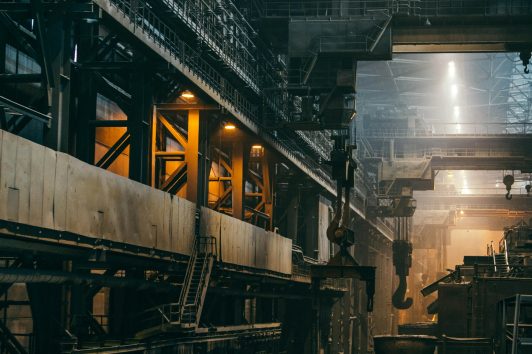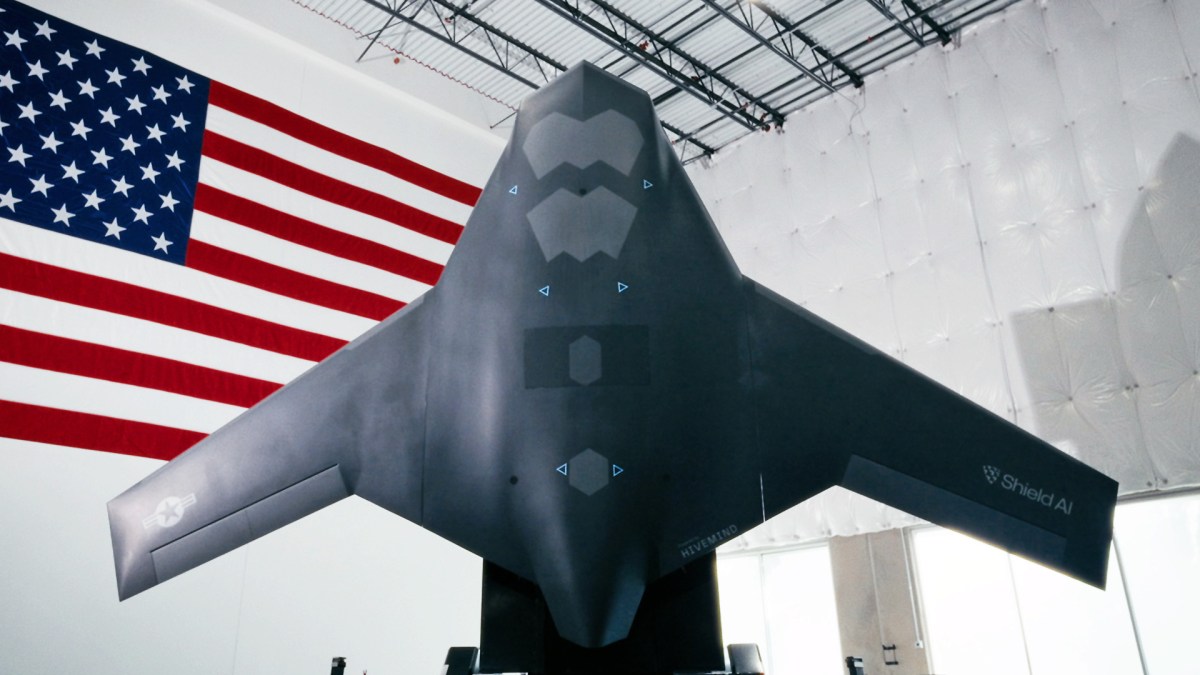When you and I worked on the assembly line at Ford Motor Company in Dearborn, Michigan, we had to worry about our production quotas, our standards of workmanship, and our supervisor’s evaluation of us.
What we didn’t have to worry about was the structure of our day. That structure was defined for us and imposed upon us from outside.
Then one day we quit. Suddenly we were artists. We were entrepreneurs.

We thought it would be easy. We were free! Nothing could stop us!
It turned out to be the hardest thing we’d ever done.
Suddenly, like Dorothy swept up from Kansas or Luke following Obi-wan Kenobi, we had embarked upon our own Hero’s Journey. We had left the Ordinary World and entered the Inverted World, the Extraordinary World.
In this new world, all things became possible. Our life could change. Our future could change. Our prospects could change.
There was only one problem: we ourselves had to change.
We could not survive in the Extraordinary World using the mindset that had worked for us in the Ordinary World.
How exactly did we have to change?
We had to make the mental shift from externally-imposed discipline to self-discipline.
This, in one sentence, is the difference between the worker-for-hire and the entrepreneur.
I’m tempted to say it’s the difference between the Amateur Mindset and the Professional Mindset. But that’s not strictly accurate.
We were not amateurs when we worked at Ford. We were professionals. But we were professionals whose professionalism was imposed upon us from outside by our employer, under penalty of disciplinary action, penalty of fine, penalty of termination.
What exactly, we might then ask, is the Self-Sufficient Mindset—the mindset of the individual who has left the factory or Google or academia and has set herself up as an artist and an entrepreneur on her own? What should we do differently from when we worked on the line?
.png)




